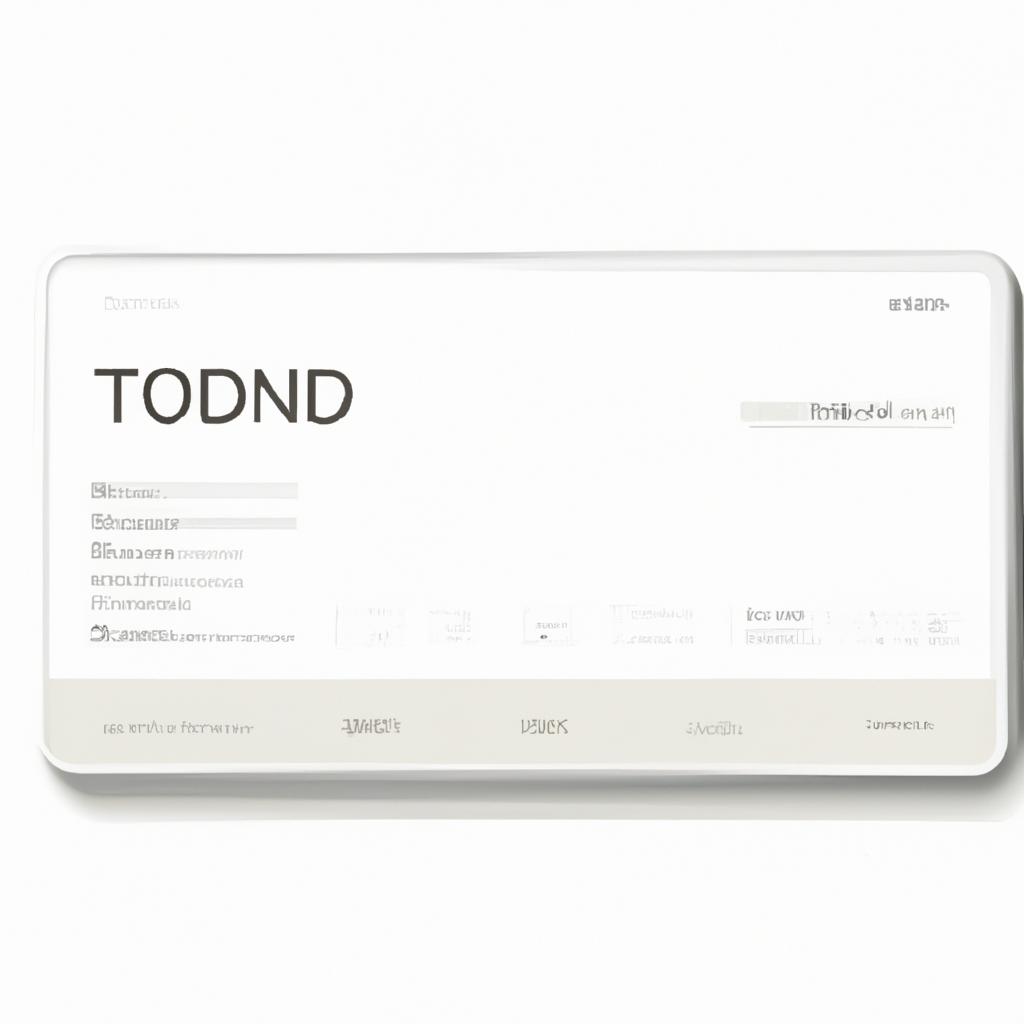Embracing Simplicity: The Future of UX Design in 2025
As we move deeper into the decade, the trends in UX design are increasingly pointing towards simplicity and minimalism. This shift is not just a stylistic choice but a strategic approach to enhance user engagement and satisfaction. In this blog post, we’ll explore why simplicity is becoming the cornerstone of effective UX design and how you can implement it in your projects.
Understanding Simplicity in UX Design
Simplicity in UX design refers to the creation of interfaces that are straightforward and easy to navigate. This doesn’t necessarily mean fewer features; rather, it’s about presenting features in a clear and concise manner. By reducing cognitive load, designers can enhance user engagement and reduce frustration.
Benefits of Simplicity
- Improved user satisfaction
- Increased usability
- Enhanced accessibility
- Lower development and maintenance costs
A simple design is often easier to understand and use, leading to a better user experience and higher satisfaction. Additionally, simplicity can lead to more accessible products, as they are easier for everyone to navigate, including people with disabilities.
Implementing Simplicity in Your Designs
To embrace simplicity, start by focusing on the essential features that provide the most value to users. Streamline interfaces by removing unnecessary elements and consolidating similar functions. Use clear, concise language and provide ample white space to prevent the interface from feeling cluttered.
In conclusion, as we look forward to the rest of 2025 and beyond, simplicity in UX design is not just a trend but a paradigm that can lead to more efficient, accessible, and user-friendly products. By focusing on simplicity, designers can create experiences that are not only aesthetically pleasing but also functionally superior.






